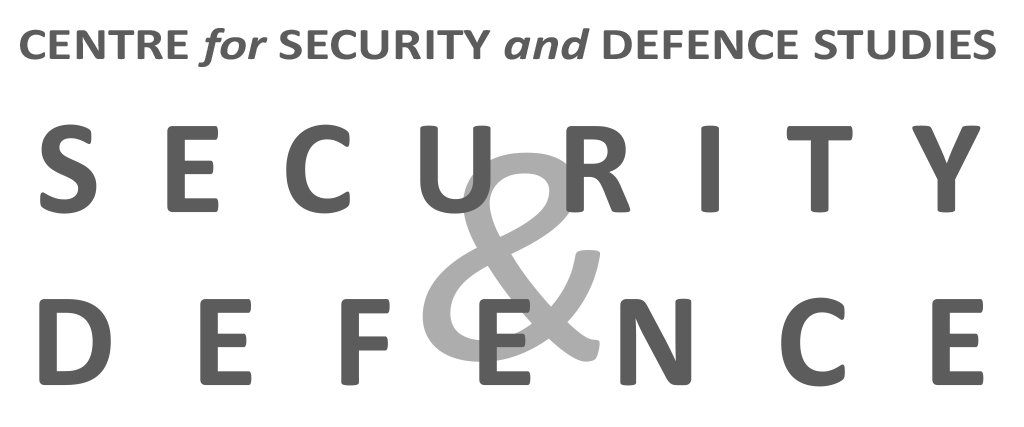
The Russian direct-ascent ASAT test of last November 15, the third test of its kind by a country since 2007, has focused international attention on the rapidly declining sustainability of near-Earth space. This test also brought to light the risk of a weaponisation of space. Yet, space conquest history and all the achievements carried out by space powers have always had a close link with military affairs. Developed initially for surveillance purposes related to nuclear deterrence and the preservation of the balance of forces between the two Cold War superpowers, space had found a new field of application through the support to armed forces in distant theatres in the 1990’s. From this period, many concepts and doctrines have been developed by nations whose military instrument had become entirely dependent on space technologies.
From now on, space is no longer seen only as a simple support base for “terrestrial” forces: it is in the process of becoming the very site of a new strategic confrontation. The threat of weaponisation of space, whether through hostile co-orbital manoeuvres or dedicated space armaments, has never been so close.
This article intends, on the one hand, to take stock of the risks linked to an overexploitation of space by states – and their private actors – and, on the other hand, to establish a non-exhaustive catalogue of future challenges likely to question the sustainability of the space environment.
Research line: Defence capabilities and technologies
Source photo: https://www.flickr.com/photos/spacex/50009748327 – Official SpaceX Photos

